CBD for Muscular Dystrophy – what you need to know!
Estimated reading time: 9 minutes
- Introduction
- What is Muscular Dystrophy?
- Variations of Muscular Dystrophy
- How does Muscular Dystrophy affect your life?
- CBD as a treatment option for Muscular Dystrophy
- CBD is certainly providing hope!
- CBD as a painkiller substitution
- How to take CBD oil for Muscular Dystrophy
- What CBD oil is best for Muscular Dystrophy?
- The Real CBD recommends for Muscular Dystrophy
Introduction
If you suffer from muscular dystrophy or know someone who does, then you also know that there is no cure out there and that it is a group of diseases that cause weakness and loss of muscle mass due to abnormal genes that interfere with the production of proteins needed to form healthy muscle. CBD for muscle dystrophy is being tested by scientists and is showing positive and promising results. In this article CBD for muscular dystrophy – what you need to know, we cover all areas if you want to start taking CBD for your condition.
What is Muscular Dystrophy?
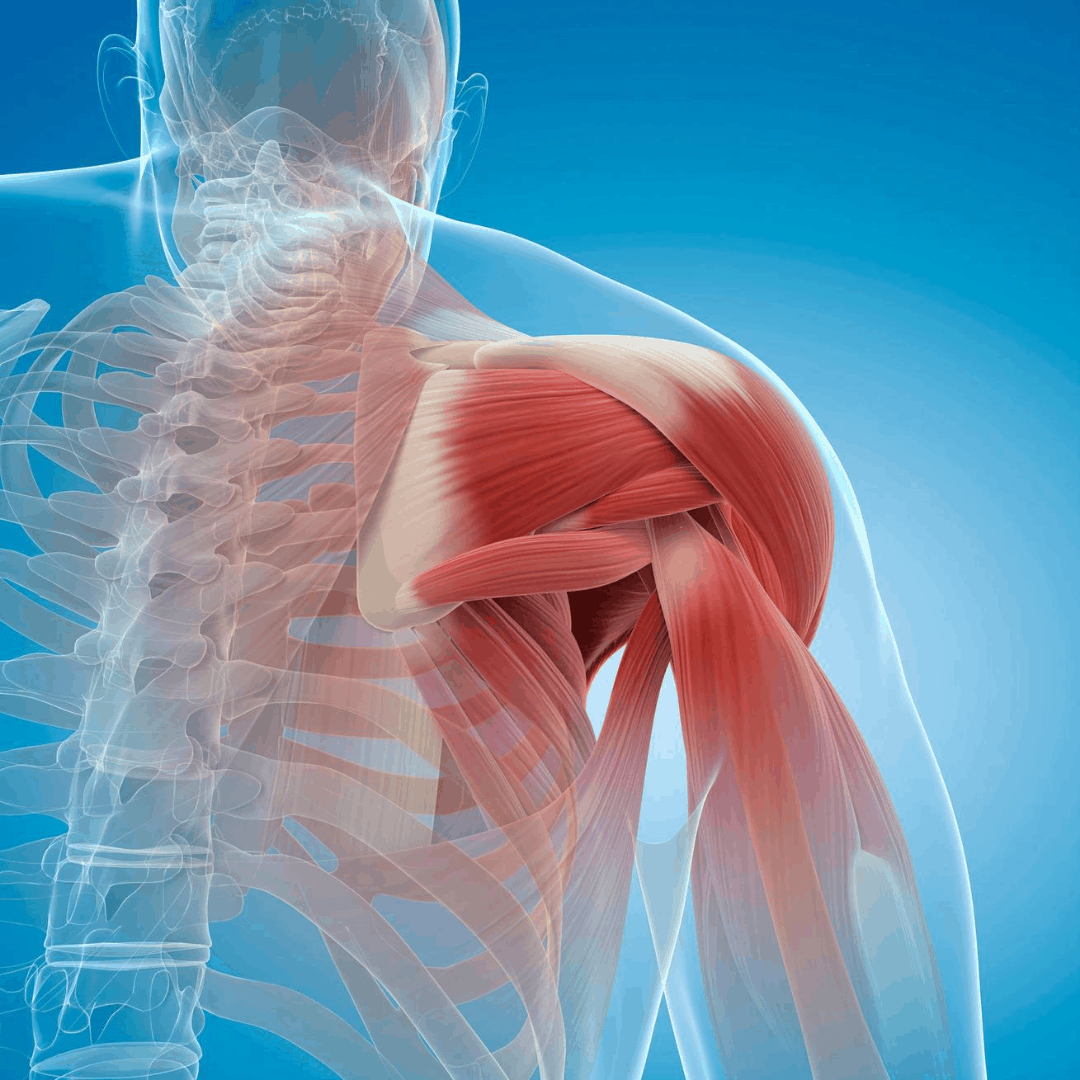
Muscular dystrophies are a group of muscle diseases caused by mutations in a person's genes. Therefore, over time muscle weakness decreases mobility, making everyday tasks super difficult. There are many kinds of muscular dystrophy, and each affecting specific muscle groups, with signs and symptoms showing at different ages, and with different severity. Muscular dystrophy can run in the family, or a person can be the first in their family to have muscular dystrophy.
There may be several different genetic types within each kind of muscular dystrophy, and people with the same kind of muscular dystrophy may experience different symptoms – depending on how it affects that unique DNA.
Early symptoms can be:
- Change of how a person walks
- Painful and stiff muscles
- Difficulty with running and jumping
- Walking on the toes
- Difficulty sitting up or standing
- Learning disabilities, such as developing speech later than usual
- Frequent falls
As time goes on, the following become more likely:
- Inability to walk
- A shortening of muscles and tendons, further limiting movement
- Breathing problems can become so severe that assisted breathing is necessary
- A curve of the spine can be caused if muscles are not strong enough to support the structure
- The muscles of the heart can be weakened, leading to cardiac problems
- Difficulty swallowing, with a risk of choking on food. A feeding tube is sometimes necessary.
Variations of Muscular Dystrophy
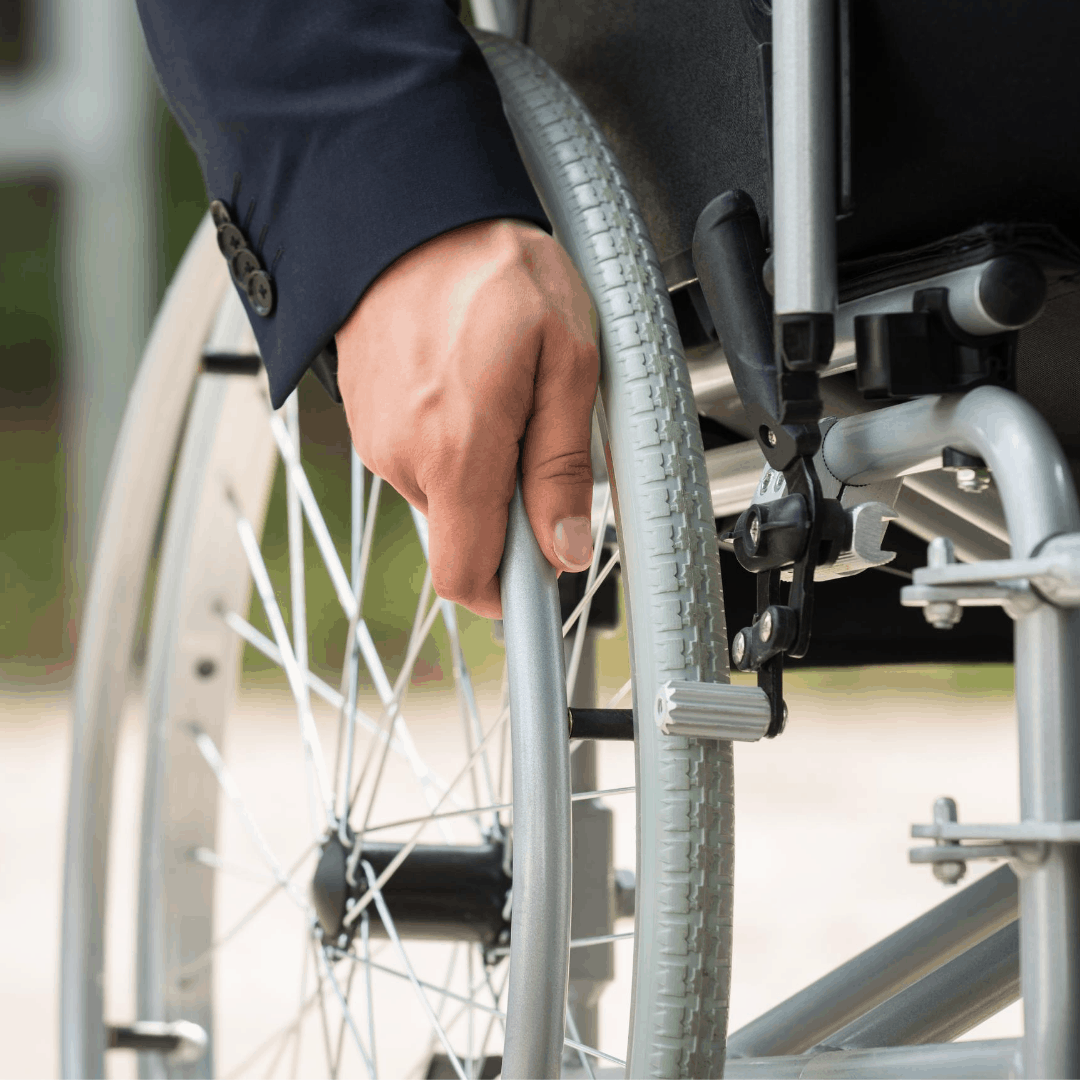
There are different types of muscular dystrophy and this includes:
Duchenne muscular dystrophy:
The most common form of MD. Symptoms normally start before a child's 3rd birthday; they are generally wheelchair-bound by 12 years and die of respiratory failure by their early-to-mid-twenties.
Congenital:
This type can be obvious from birth or before the age of 2 years. It affects girls and boys. Some forms progress slowly whereas others can move swiftly and cause significant impairment.
Becker muscular dystrophy:
Similar symptoms to Duchenne but with a later onset and slower progression; death usually occurs in the mid-forties.
Myotonic (Steinert's disease):
The myotonic form is the most common adult-onset form. It is characterized by an inability to relax a muscle once it has contracted. The muscles of the face and neck are often affected first. Symptoms also include cataracts and sleepiness.
Facioscapulohumeral (FSHD):
Onset can be at almost any age but is most commonly seen during the teenage years. The muscular weakness often begins in the face and shoulders. People with FSHD may sleep with their eyes slightly open and have trouble fully closing their eyelids. When an individual with FSHD raises their arms, their shoulder blades protrude like wings.
Limb-girdle:
This kind begins in childhood or teenage years and first affects the shoulder and hip muscles. Individuals with the limb-girdle muscular dystrophy might have trouble raising the front part of the foot, making tripping a common problem.
Oculopharyngeal muscular dystrophy:
It begins between the age of 40 and 70 years. Eyelids, throat, and face are first affected, followed by the shoulder and pelvis.
How does Muscular Dystrophy affect your life?
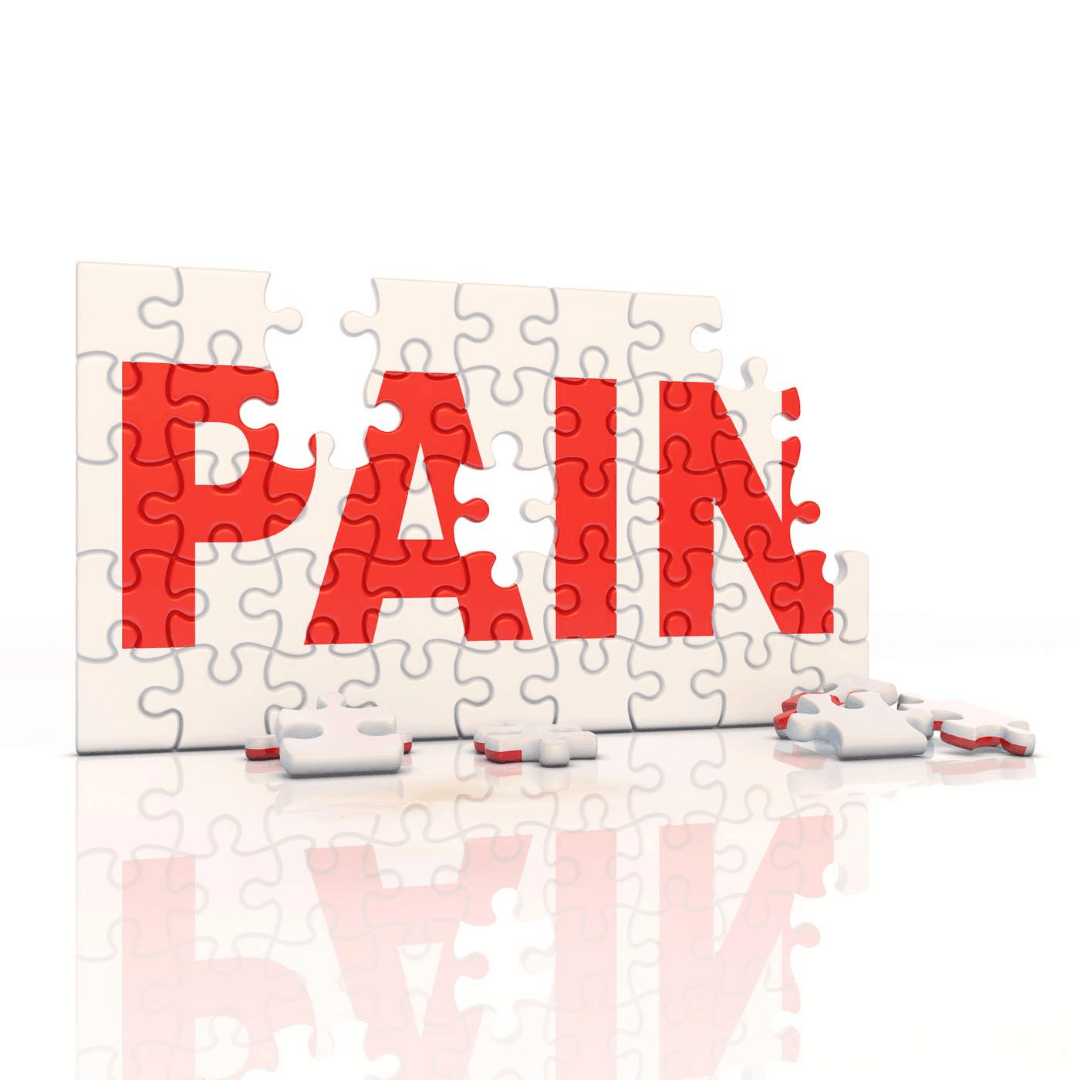
Physical impact
Different types of muscular dystrophy may have different effects on a person's quality of life, with some being more severe than others. However, for the most part, progressive muscle weakness caused by muscular dystrophy can have a significant impact on a person's ability to do daily activities. Mobility can be very limited, and a person may have to rely on devices like walkers or wheelchairs in order to move around.
Muscle weakness in organs can lead to other complications that can affect daily life. With proper treatment and therapy, a person with muscular dystrophy can still live a full life. However, it's important to acknowledge that the effects of the disease can have a negative impact on the quality of life, so support should be provided in every possible way.
Psychological Impact
Living with a rare, progressive muscle-wasting condition can be challenging. If you do not receive help for simple things like emotional wellbeing, it can leave you feeling isolated and alone. And that's hard.
Long-term prognosis is improving and there are exciting treatments on the horizon. But muscular dystrophy and its wide-ranging impact can affect every area of life, including mental health. If left unsupported, these negative experiences can have a detrimental effect and can ultimately lead to devastating consequences.
CBD as a treatment option for Muscular Dystrophy
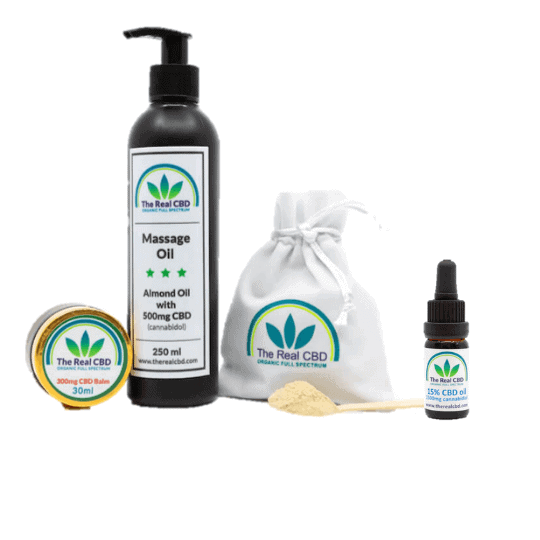
CBD for muscular Dystrophy – what you need to know!
It is discovered that cannabis has the ability to deal with symptoms associated with muscular dystrophy. Studies show that the active compounds present in cannabis have the ability to substantially reduce chronic pain and inflammation. The two ingredients of cannabis with these properties are THC and CBD. It's been fact for a long time that marijuana can improve physical relaxation. This can help to reduce symptoms such as muscle stiffness or muscle spasticity. This is one of the primary issues for people who are suffering from muscular dystrophy. The results of a study show that CBD used for muscular dystrophy can reduce inflammation. It will also reduce the loss of mobility, and it will stimulate the formation of what is known as myotubes. This is simply a type of muscle fiber.
More about CBD in our other articles
CBD is certainly providing hope!
When it comes to muscular dystrophy, there are a lot more studies that needs to be done. But the results of the studies that have been done so far, show that cannabis has a lot of promise as a medicine. Therefore, science has the chances of finding new ways that people with muscular dystrophy can benefit. There are already a number of CBD products that help people with muscle dystrophy.
Study: Effects of non-euphoric plant cannabinoids on muscle quality and performance of dystrophic mice
CBD as a painkiller substitution

CBD represents a 100% natural alternative method to treat people who want to take pain relieving medication without any addiction and strong side effects. Researchers relate cannabidiol (CBD) to receptors in the brain and the immune system. Numerous studies have noted that CBD has painkiller and anti-inflammatory effects.
Cannabidiol and its compounds work to relieve chronic pain. A review looked through studies, carried out between 1975 and 2018. These researches examined various types of pain, including:
- Neuropathic pain
- Cancer
- Fibromyalgia
- Muscular pain
The specialists concluded that CBD is an effective painkiller and doesn't cause any adverse side effects. Even if CBD performs like opioids — painkillers that act in the brain to produce morphine-like effects by blocking pain at the neurological level. CBD simultaneously helps whole-body homeostasis by reducing inflammation and relaxing the muscles.
How to take CBD oil for Muscular Dystrophy
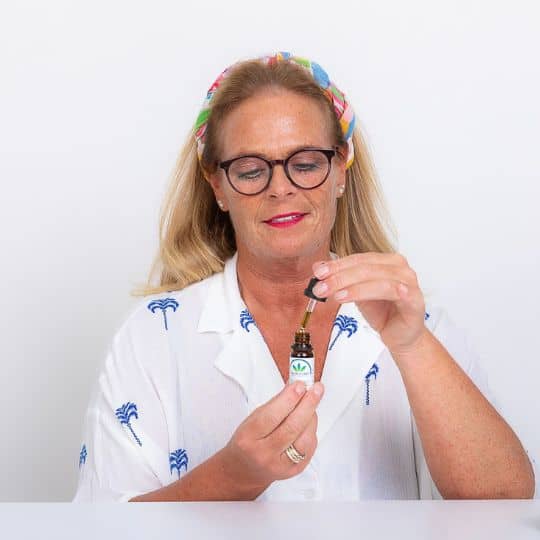
As mentioned before, everybody has a different reaction to CBD. It all depends on your own unique Endo-cannabinoid system and your DNA. Some people have a relaxing and calming effect with CBD and others can't take it after 4 pm, as they then experience trouble falling sleep because of its uplifting and focus-enhancing effect on them.
You will have to experiment with dosage and CBD strength yourself. But of course, there are some guidelines we can share.
We would suggest you use sublingual CBD products as they have shown the quickest and most beneficial when it comes to pain management/. Sublingual CBD products are oil drop under the tongue, which then allows for maximum uptake via the membranes in your mouth. The longer you keep the oil in your mouth the better bioavailability. You can also add a CBD pain patch to increase the amount of CBD in the body on a daily basis.
The Real CBD always recommend starting low and go slow. It is important for the body to get used to CBD. It will then create the proper homeostasis.
What CBD oil is best for Muscular Dystrophy?
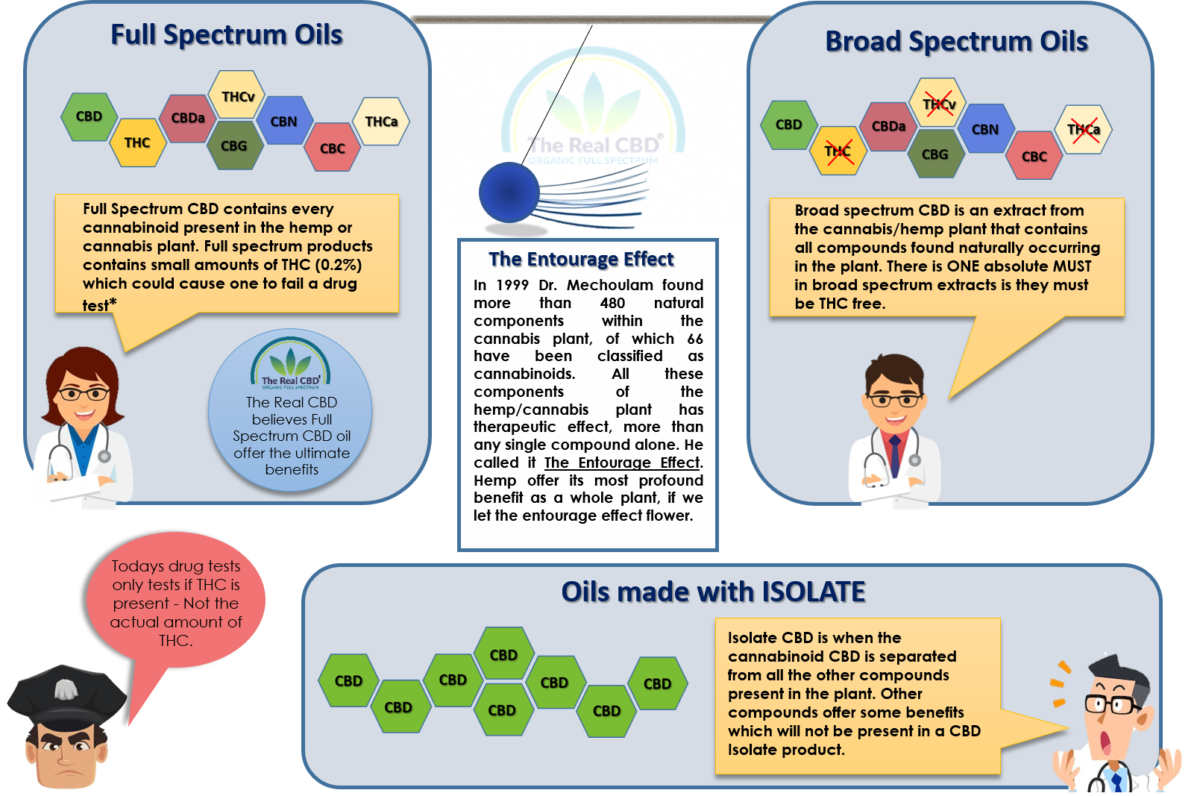
Super important to choose a CBD product which is Full Spectrum. This means that it includes all the cannabinoids incl. trace amounts of THC. The amount of 0.2% THC is allowed in a full spectrum CBD product – in most of Europe. Make sure you check your own country's laws and regulations before you purchase any product. All the cannabinoids are working together to ensure you experience the Entourage Effect which is what you a looking for when we are dealing with chronic pain and inflammation.
We can recommend getting as high a concentration of CBD as possible. Work your way up to maximum daily dose you can tolerate until you find your individual threshold and feel the pain-relieving effects.
The Real CBD recommends for Muscular Dystrophy
-
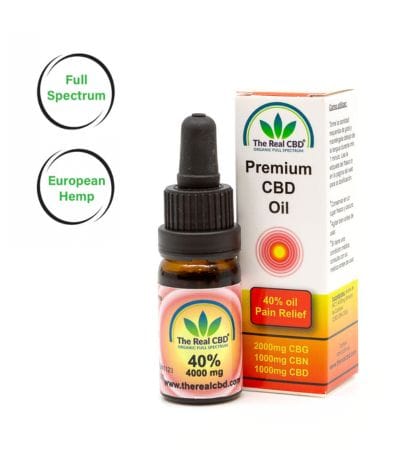 40% Pain Relief oil€179.00
40% Pain Relief oil€179.00 -
Product on sale
 HHC VapeOriginal price was: €55.00.€35.00Current price is: €35.00.
HHC VapeOriginal price was: €55.00.€35.00Current price is: €35.00. -
Product on sale
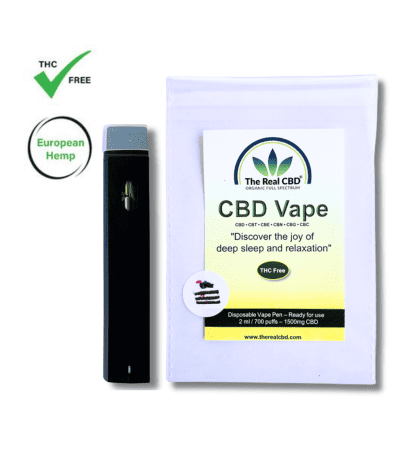 CBD Vape – Broad Spectrum€30.00 – €45.00
CBD Vape – Broad Spectrum€30.00 – €45.00 -
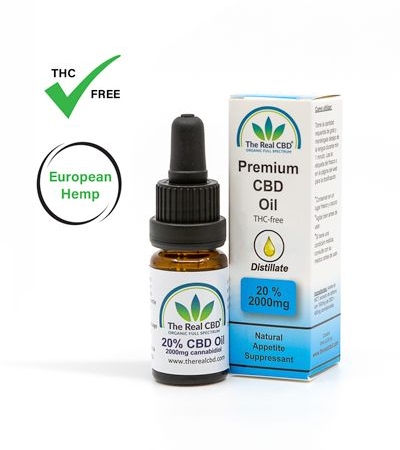 20% CBD oil – Distillate€92.00
20% CBD oil – Distillate€92.00 -
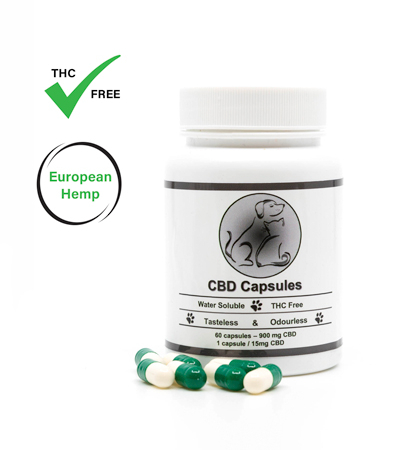 5% CBD Capsules for Pets€59.00
5% CBD Capsules for Pets€59.00 -
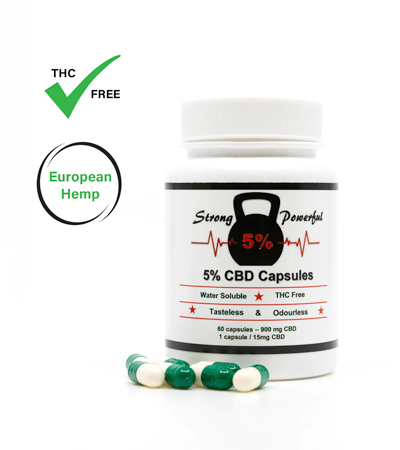 CBD Capsules for Athletes€59.00
CBD Capsules for Athletes€59.00 -
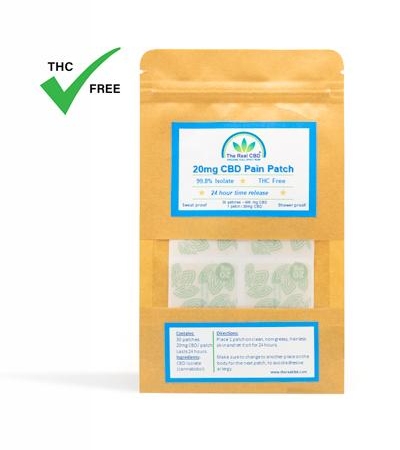 CBD Pain Patch 20mg€55.00
CBD Pain Patch 20mg€55.00 -
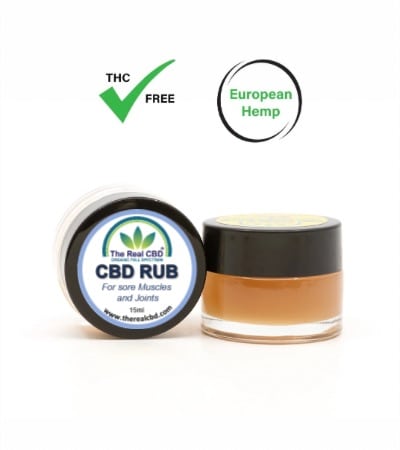 CBD Rub€17.50
CBD Rub€17.50 -
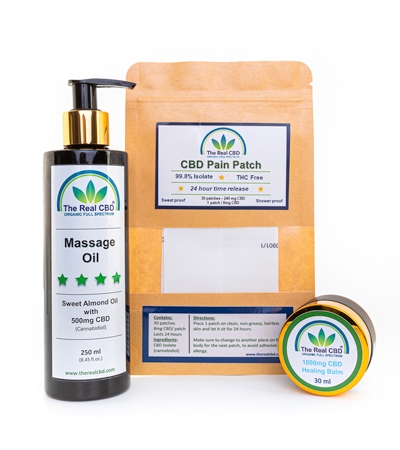 CBD Massage pack€120.00
CBD Massage pack€120.00 -
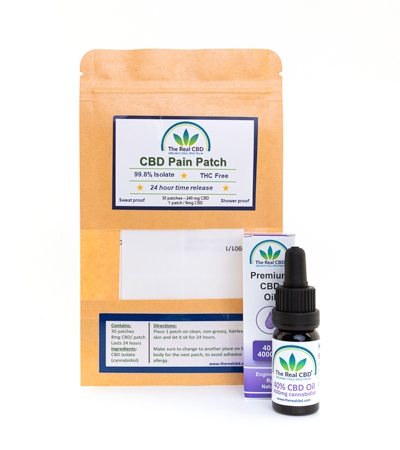 CBD Severe Pain Pack€183.00
CBD Severe Pain Pack€183.00 -
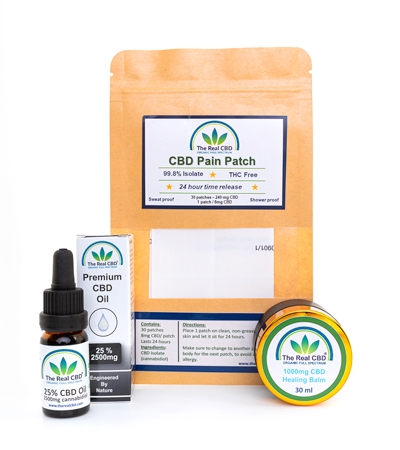 CBD Strong Pain Pack€195.00
CBD Strong Pain Pack€195.00 -
 CBD Athletes Pack€158.00
CBD Athletes Pack€158.00

I am a certified expert in Medicinal Cannabis. We are all about giving correct and trustworthy information. We know how important it is to learn about CBD and cannabis, which is why we want to be your go-to source for trustworthy information. We help you improve your health by using our knowledge and experience as a starting point.


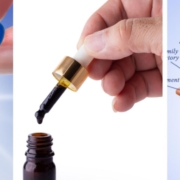











Leave a Reply
Want to join the discussion?Feel free to contribute!